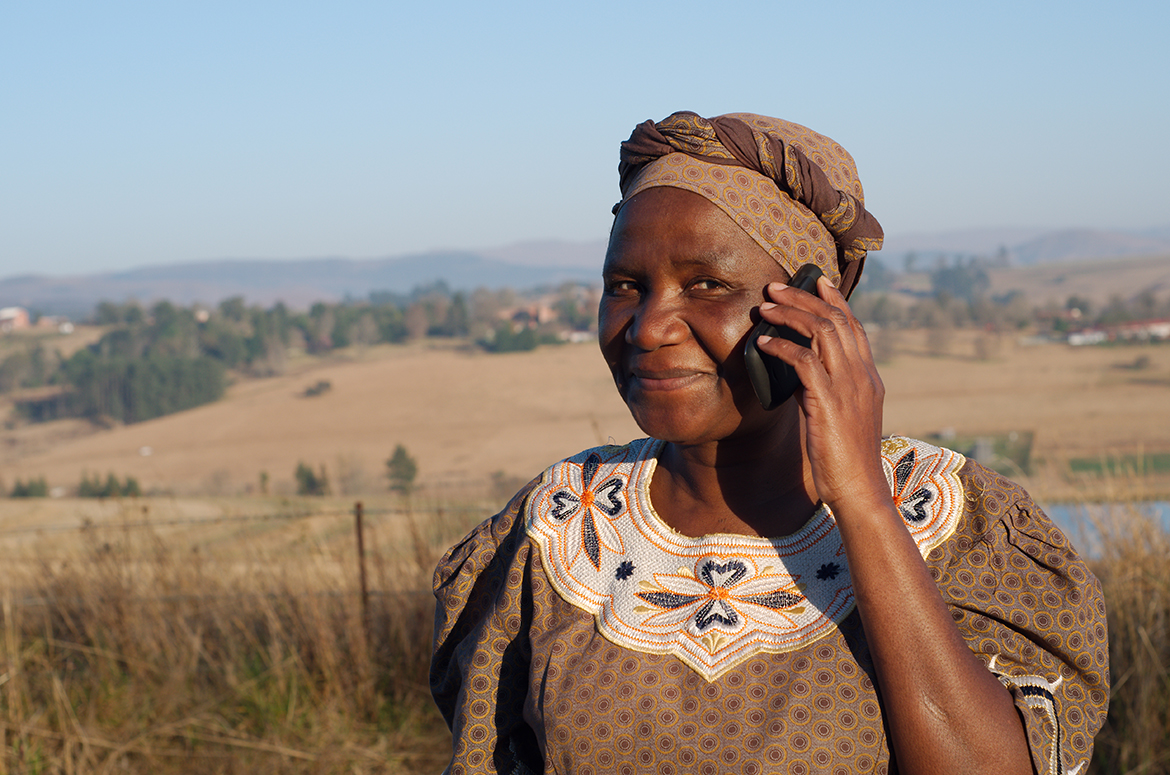According to the Central Bank of Kenya’s guidelines on agent banking, a Bank “Agent” means an entity that has been contracted by an institution and approved by the Central Bank to provide the services of the institution on behalf of the institution, institution usually being a bank.
Agency banking is then the provision of banking services by a third – party agency to customers on behalf of a licensed, prudentially – regulated financial institution, such as a bank or any other deposit taking commercial bank.
Agency banking was made legal following an amendment to the Banking Act 2010.
A bank agent is usually equipped with a EMV certified P.O.S. terminal with which they can process withdrawals and deposits after the consumer swipes their EMV certified bank debit or credit card.
These P.O.S. devices connect to the core banking system via a GPRS data connection using any of the major MNOs’ networks.

The bank agency model has been a hub and spoke model, with agents being associated with a nearby bank branch from which their liquidity is managed by the bank, hence in a sense, still rides the existing brick and mortar networks of the Bank. This may explain why in Kenya, the banks with the largest physical branch presence, Equity, Co-operative and Kenya Commercial Bank; have also led in the agency banking expansion.
According to a Helix Digital Finance special report on Agency Banking in Kenya, Agency banking has been the fastest growing in terms of agents share and Equity Bank has even leapfrogged past Airtel Money Kenya to become the second largest in terms of agent share at 11%. The market leader Safaricom M-Pesa had its share of agents drop from 90% in 2013 to 79% in 2014 due to the regulatory decision mandating it to open up it’s agent network, a decision that bank agents seem to have taken more advantage of by recruiting existing m-pesa agents rather than solely focussing on recruiting exclusive agents as they did in the past.

What this means for MNO mobile money providers
This rapid expansion of the banks’ agent networks indicates a market need for more structured financial products rather than simply the money transfer, airtime and bill payments use-cases that have been the mainstay of their services.
In response to this need, the MNOs have already started partnering with banks to offer micro-loan and micro-savings products such as the Safaricom M-Shwari (in partnership with CBA bank) and the Airtel Money ‘Kopa Chapaa’ (in partnership with Faulu Kenya Bank).
These micro-loans tend to be short term loans at relatively high interest rates such as 7.5% of the loan amount to be repaid usually within one month. Also the maximum loan amounts tend to be fairly small e.g. 100 USD for Airtel Money’s Kopa Chapaa.
These micro-finance products service a need in the market for quick small stop-gap loans and daily savings of cash for small scale traders and such, but they don’t address the full need for the full suite of structured financial services such as long-term asset loans and asset/life insurance products. This is where the banks retain an advantage and have decided to increase their reach for daily transactions beyond their brick and mortar physical branch network.
It remains to be seen who will get the upper hand in the struggle between MNOs and banks, and in the end, MNOs may have to apply for full bank grade financial service licences in order to be fully able to compete with the banks.






